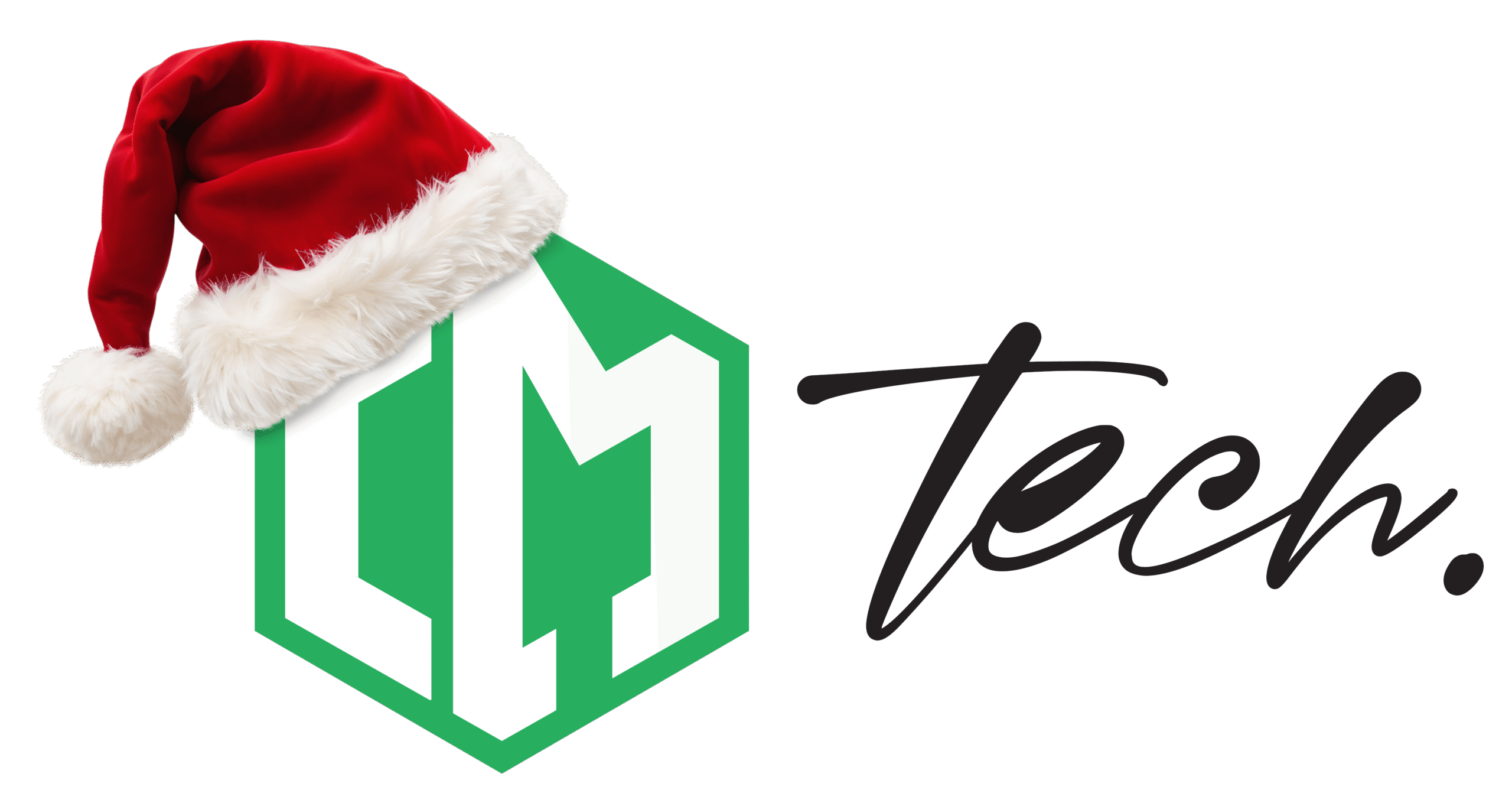The app development landscape constantly evolves, with new frameworks and tools emerging to make the process more efficient and accessible. In 2024, several app development frameworks have risen to prominence, offering developers a range of options to build high-quality applications. This article explores the best app development frameworks 2024, highlighting their features, benefits, and use cases
1. Flutter
Flutter, developed by Google, continues to be a favorite among developers for its ability to create natively compiled applications for mobile, web, and desktop from a single codebase. Its popularity stems from its flexibility, performance, and extensive community support.
Key Features
- Hot Reload: Allows developers to see the changes instantly without restarting the app.
- Rich Widgets: Comes with a wide variety of customizable widgets that adhere to both Material Design and Cupertino standards.
- High Performance: Utilizes the Dart language, which compiles to native code for enhanced performance.
Use Cases
Flutter development is ideal for building cross-platform apps with a single codebase, making it a go-to choice for startups and companies looking to reduce development costs while maintaining high performance and a native look and feel.
2. React Native
React Native, created by Facebook, has been a dominant force in the application development world due to its JavaScript-based framework. It enables developers to build mobile applications using React, a popular web development library.
Key Features
- Code Reusability: Enables sharing of a significant amount of code between iOS and Android apps.
- Strong Community Support: A large and active community contributes to a wealth of resources, libraries, and plugins.
- Third-Party Plugins: Extensive library of third-party plugins to extend functionality.
Use Cases
React Native is suitable for developers with a background in web development who want to transition to mobile app development. It is widely used in social media, e-commerce, and content streaming apps.
3. Xamarin
Xamarin, a Microsoft-owned framework, is known for its robust performance and integration with the .NET ecosystem. It allows developers to write apps for iOS, Android, and Windows using C# and the .NET framework.
Key Features
- Native Performance: Compiles to native code, ensuring high performance and native user experience.
- Single Technology Stack: Uses C# and .NET, making it easier for developers familiar with Microsoft technologies.
- Access to Native APIs: Provides access to platform-specific APIs using a single codebase.
Use Cases
Xamarin is perfect for enterprises and developers already invested in the Microsoft ecosystem, looking to leverage their existing skills and infrastructure for mobile application development.
4. SwiftUI
SwiftUI is Apple’s framework for building user interfaces across all Apple platforms using Swift. It emphasizes a declarative syntax, making it easier and more intuitive to create dynamic and responsive UI elements.
Key Features
- Declarative Syntax: Simplifies UI development by allowing developers to state what the UI should do.
- Integration with Xcode: Seamless integration with Xcode, Apple’s development environment, enhances productivity.
- Compatibility: Works across iOS, macOS, watchOS, and tvOS, promoting code reuse.
Use Cases
SwiftUI is the preferred choice for mobile app development companies on building apps within the Apple ecosystem, offering a streamlined development process for creating rich, interactive interfaces.
5. Kotlin Multiplatform
Kotlin Multiplatform, an initiative by JetBrains, allows developers to use Kotlin for building applications that run on multiple platforms. It promotes code sharing across Android, iOS, and even web applications.
Key Features
- Code Sharing: Share common logic across platforms while keeping platform-specific code separate.
- Modern Language: Kotlin is a modern, expressive language with strong tooling support.
- Interoperability: Fully interoperable with Java, making it easier to integrate with existing Jav codebases.
Use Cases
Kotlin Multiplatform is well-suited for teams looking to share code across different platforms while maintaining the ability to write platform-specific code when needed. It is especially popular among Android developers who provide app design and development services looking to expand to other platforms.
6. Ionic
Ionic is a popular framework for building cross-platform mobile apps using web technologies like HTML, CSS, and JavaScript. It leverages Angular, React, or Vue to create hybrid mobile applications.
Key Features
- Web Standards-Based: Uses web technologies, making it accessible to a wide range of developers.
- Capacitor: Provides a native runtime and plugins for accessing native device features.
- UI Components: Offers a library of pre-designed UI components that mimic native look and feel.
Use Cases
Ionic is ideal for web developers transitioning to mobile app development and for projects where time-to-market and code reusability are crucial.

7. NativeScript
NativeScript is a framework for building truly native mobile applications development using JavaScript, TypeScript, or Angular. It allows developers to write and deploy native apps for iOS and Android from a single codebase.
Key Features
- Native API Access: Direct access to native APIs using JavaScript.
- Performance: Provides native performance by using the native platform’s capabilities.
- Extensibility: Easy to extend with custom native components.
Use Cases
NativeScript is suitable for developers who want to build high-performance native apps while using web development languages and tools. It is particularly useful for complex applications requiring native performance and capabilities.
Conclusion
In 2024, the app development landscape is rich with frameworks that cater to various needs and preferences. Whether you are looking for high performance, cross-platform capabilities, or ease of use, there is a framework to suit your requirements. Flutter, React Native, Xamarin, SwiftUI, Kotlin Multiplatform, Ionic, and NativeScript each offer unique strengths, making them the top choices for developers aiming to build robust and versatile applications.
Choosing the right framework depends on your project’s specific needs, the skills of your development team, and your target platforms. By staying informed about the latest trends and advancements in app development frameworks, developers can ensure they are using the best tools available to create innovative and high-quality applications.






